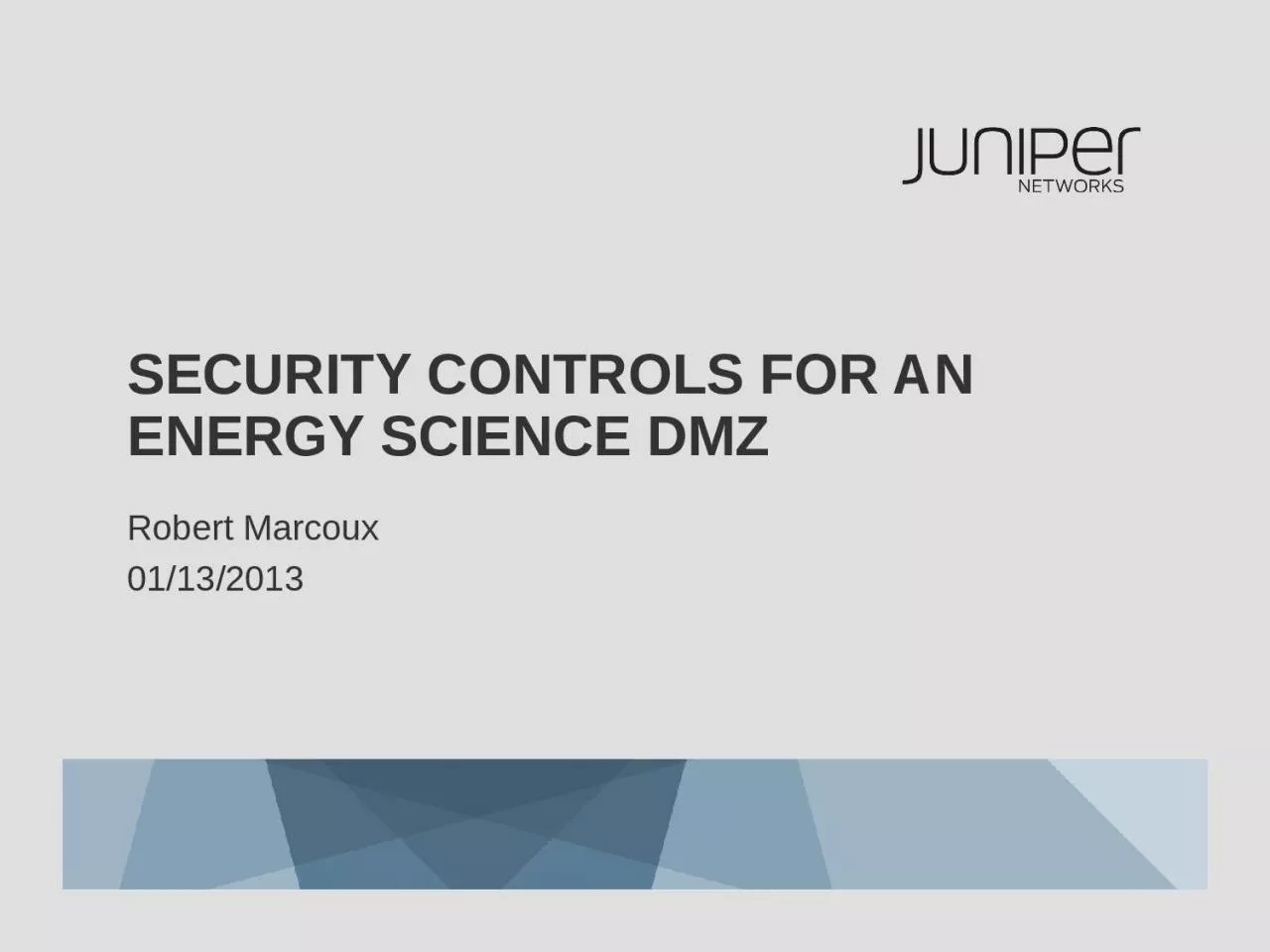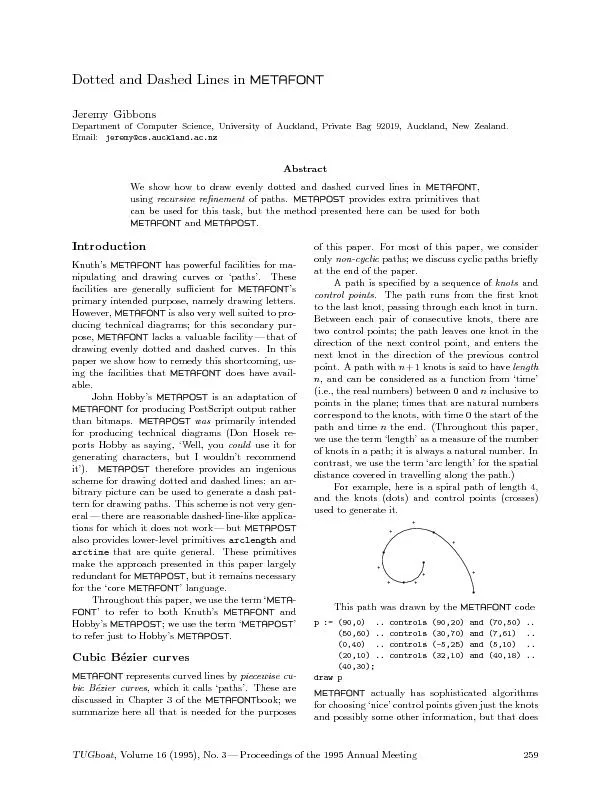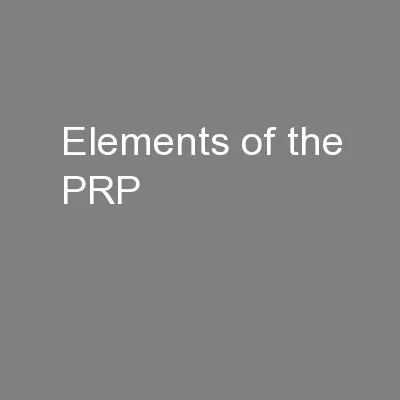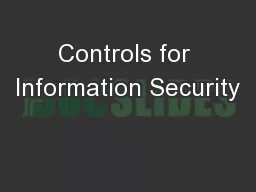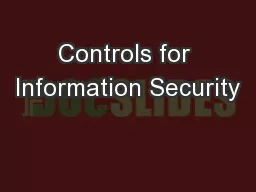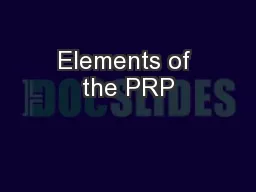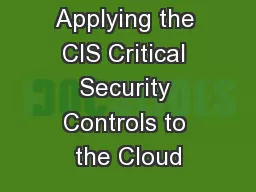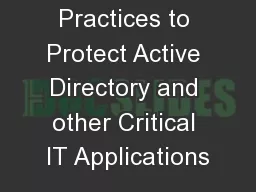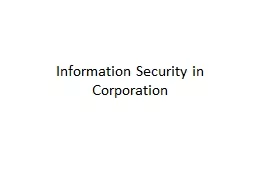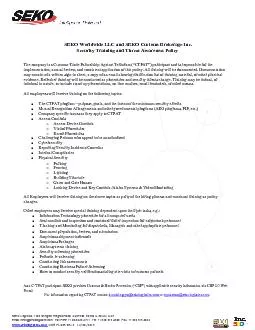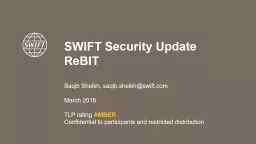PPT-Security Controls For an Energy Science DMZ
Author : sophia | Published Date : 2024-02-09
Robert Marcoux 01132013 Science DMZ Requirements The Science DMZ Model addresses several key issues in data intensive science including Reducing or eliminating the
Presentation Embed Code
Download Presentation
Download Presentation The PPT/PDF document "Security Controls For an Energy Science ..." is the property of its rightful owner. Permission is granted to download and print the materials on this website for personal, non-commercial use only, and to display it on your personal computer provided you do not modify the materials and that you retain all copyright notices contained in the materials. By downloading content from our website, you accept the terms of this agreement.
Security Controls For an Energy Science DMZ: Transcript
Download Rules Of Document
"Security Controls For an Energy Science DMZ"The content belongs to its owner. You may download and print it for personal use, without modification, and keep all copyright notices. By downloading, you agree to these terms.
Related Documents

